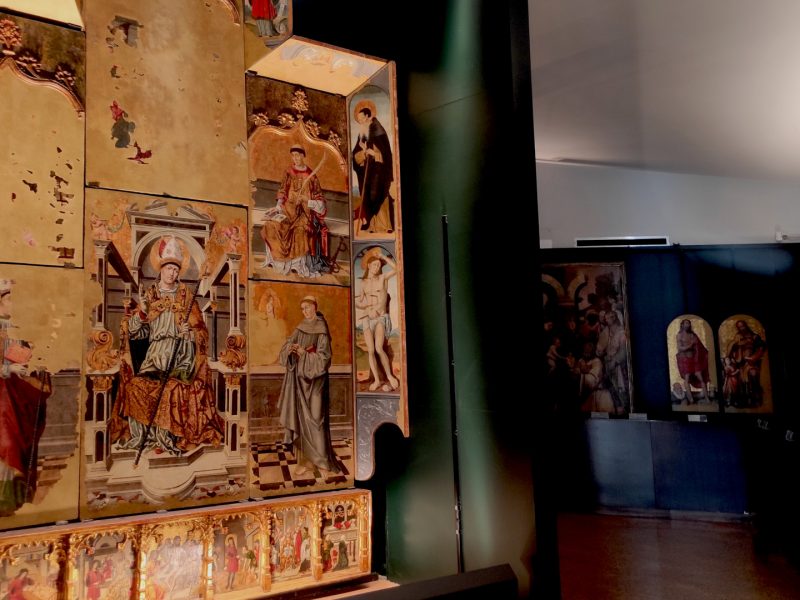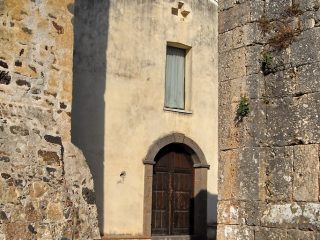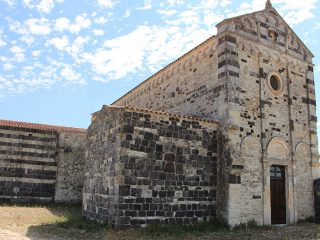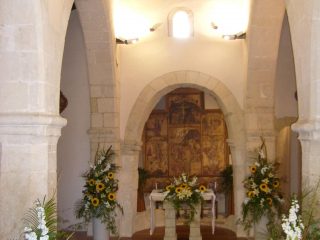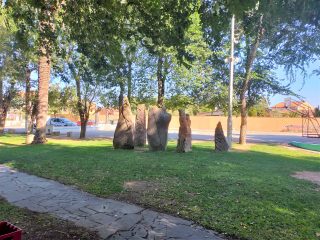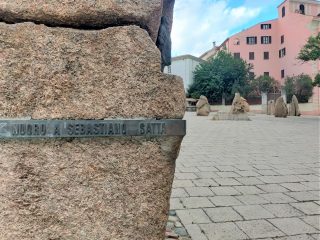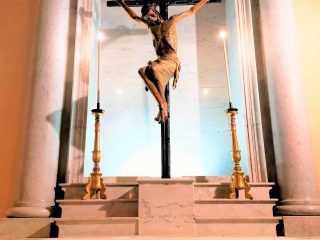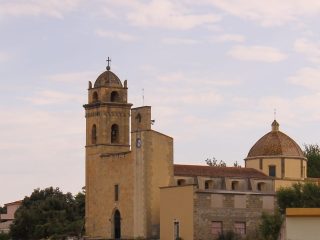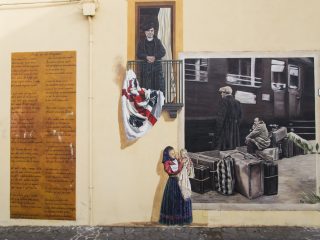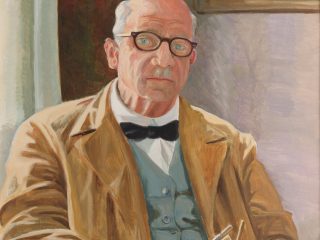The National Picture Gallery is one of the exhibition sites for the Cagliari National Archaeological Museum and Institute of the Culture Ministry which acquired special autonomy status in 2019.
It is situated in the ancient Castello neighbourhood, as part of the Museum Citadel created between 1956 and 1979 by restoring the Royal Armoury and the Medieval walls, from a project by the architects, Libero Cecchini and Piero Gazzola.
The Picture Gallery has a collection of paintings focusing on Sardinia, that spans from the XV to the XX centuries and is spread across three exhibition floors.
The exhibition itineraries follow the line of the ancient Spanish walls, inside the museum. An empty space in the middle offers a expansive vision of the collection which spans from the start of the XV century right up to Contemporary times.
The focus of attention in the exhibition revolves around tables, the large altarpieces divided into sections, which adorned the churches in the Fifteen and Sixteen centuries. The works of Catalan and Sardinian artists like Cavaro or Antioco Mainas, enhance the prestige of this section.
There is also a rare bronze acquamanile on display. Shaped like a peacock, it was found in the area of San Salvatore a Mores (Sassari), dating back approximately to the year 1,000 and the work of Islamic craftsmen.
A mahogany Reliquary of the Martyr Saints of Sardinia with ebony, ivory, turtle shell inlays and brass inserts dating to around 1615-1620, completes the exhibition.
On the second floor, we find mainly religious works, covering the period from 1600 to 1700. The paintings are the work of artists from Genoa, Emilia Romagna, Rome and Naples , who worked in different churches in the city of Cagliari.
The top floor houses the conference and events room. Canvases from the 1800s and 1900s, with examples of portraiture typical of the period of Verismo Realism which found confirmation in depicting agricultural work and rural landscapes, are on display here. The small collection is the result of donations made in wills, works commissioned by the local community to honour illustrious figures and purchases made by the State.


